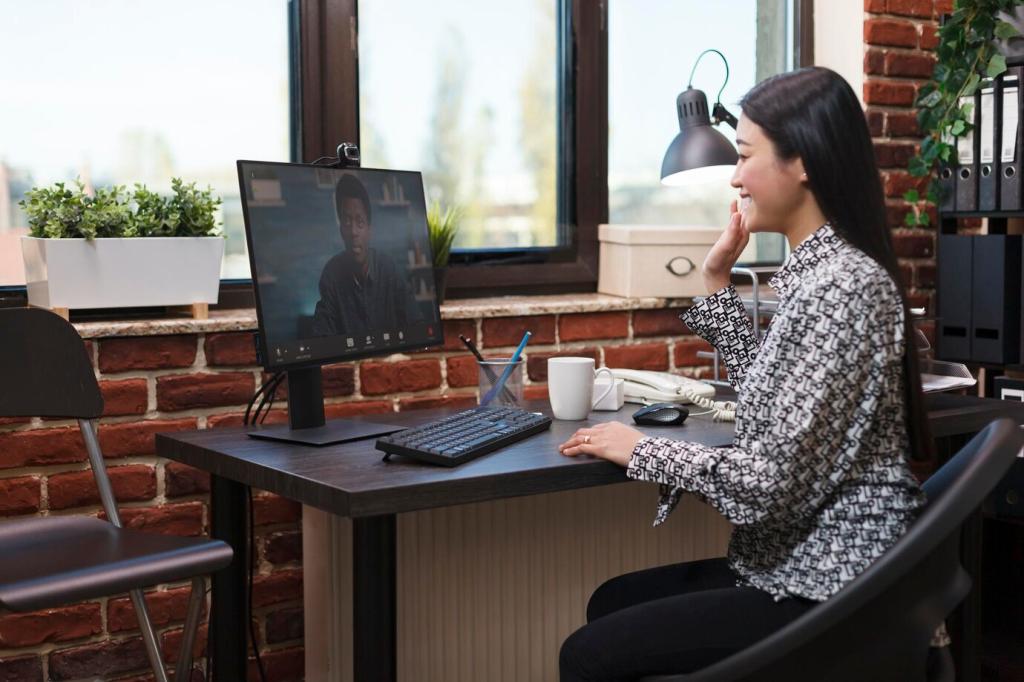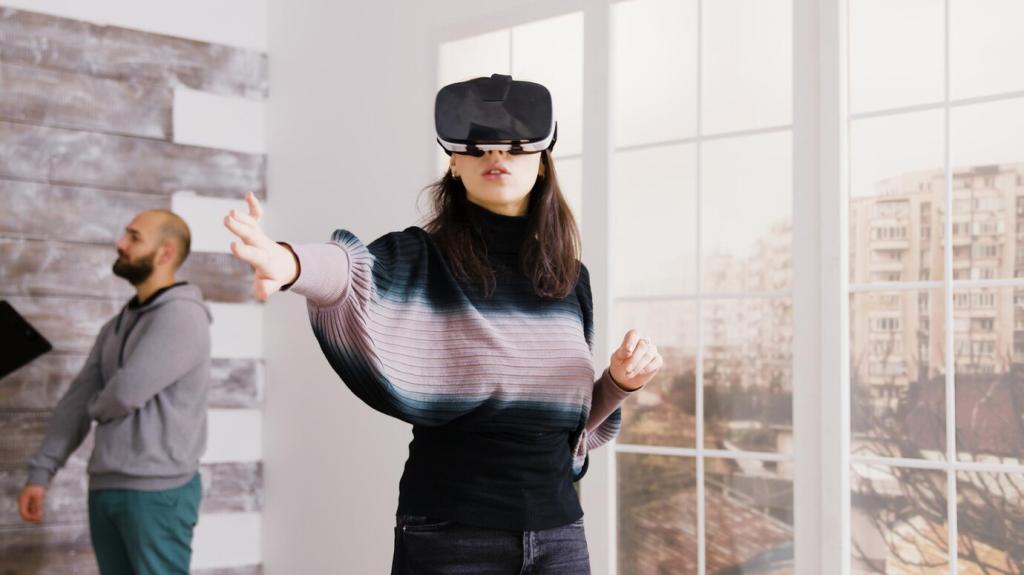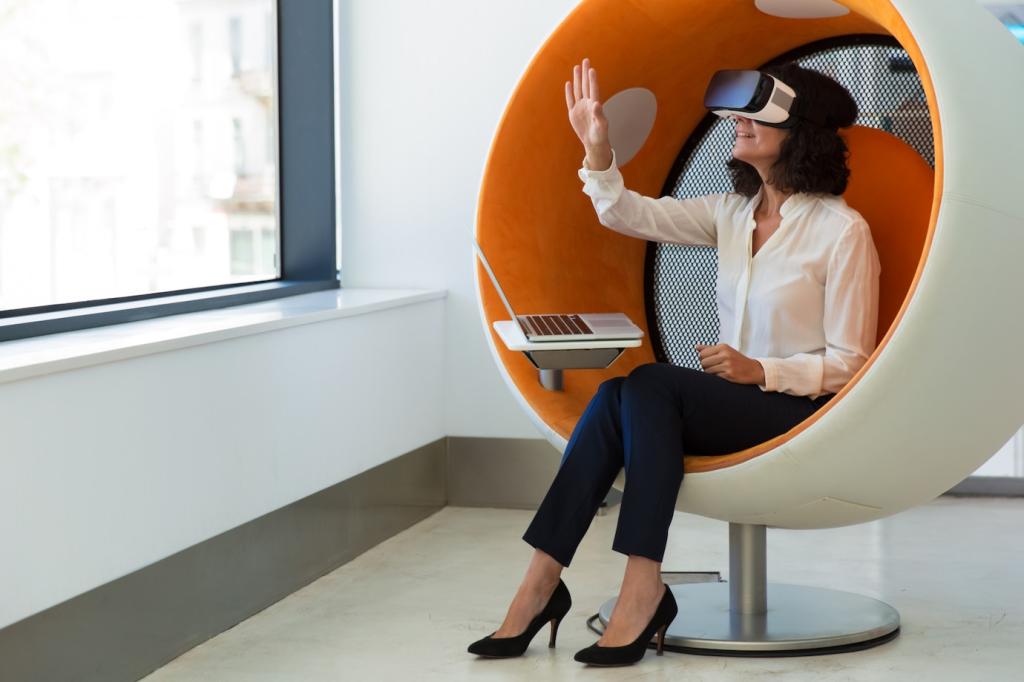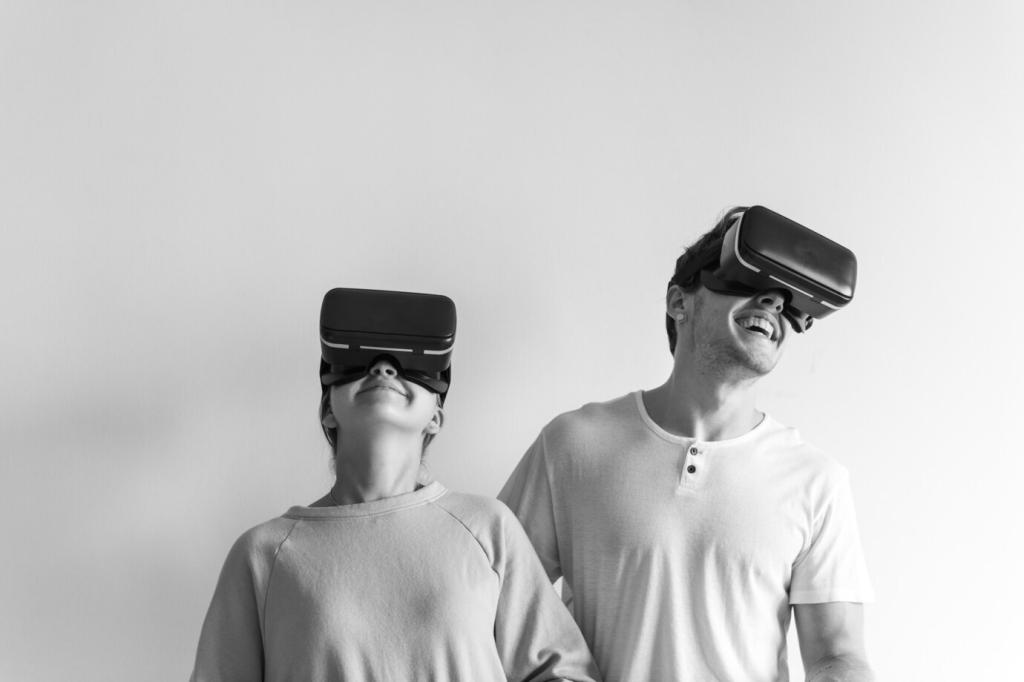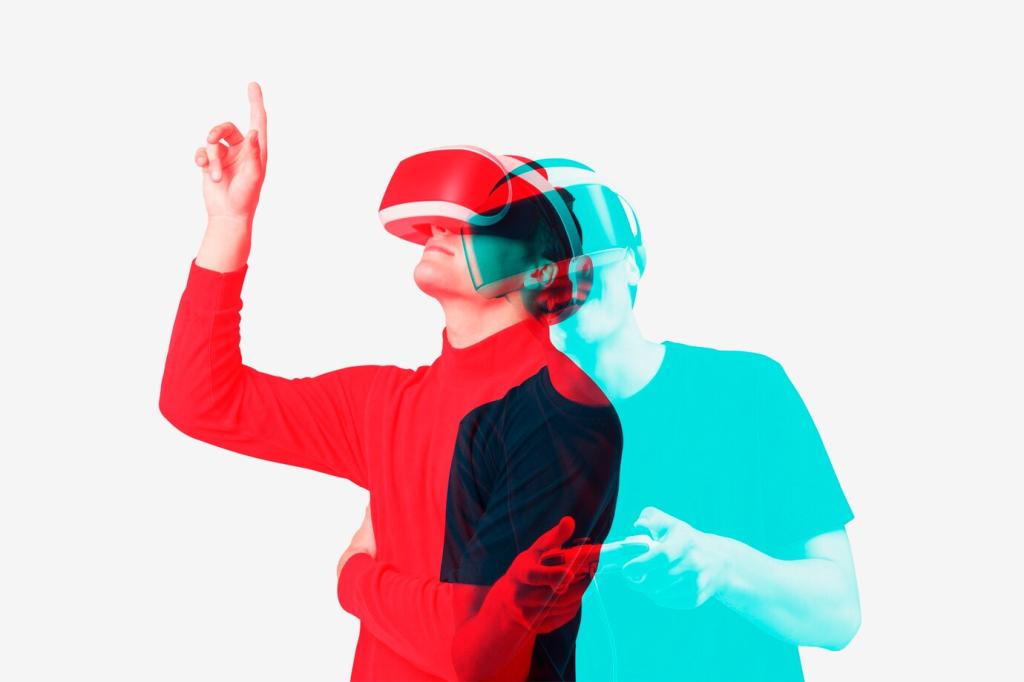Why Depth Feels Real: The Mind Behind the Illusion
Our brains fuse multiple tiny hints—perspective lines, relative size, occlusion, lighting gradients, and binocular disparity—into a confident sense of space. In virtual spaces, carefully orchestrating these cues creates believable depth without overwhelming the user or inducing visual fatigue.
Why Depth Feels Real: The Mind Behind the Illusion
A subtle head tilt or controller nudge can redraw the entire depth map in our minds. Motion parallax, when textures and objects shift relative to each other, convinces users they are moving through space rather than watching a flat panorama.

